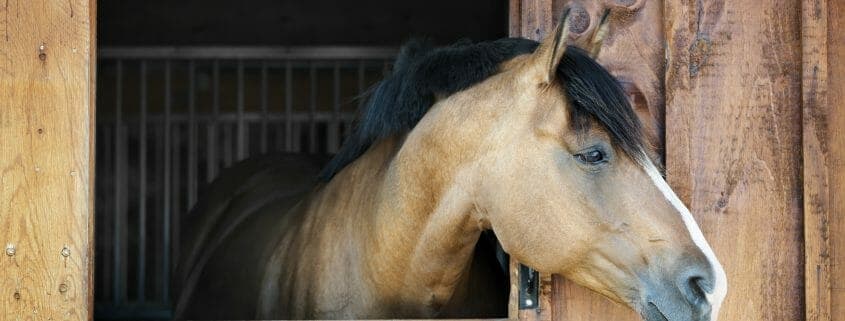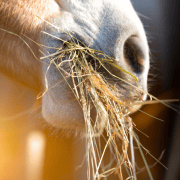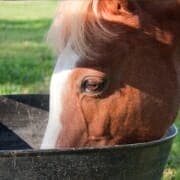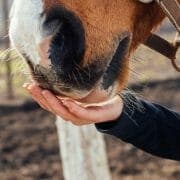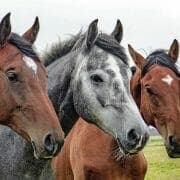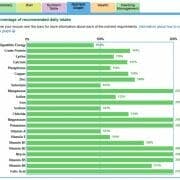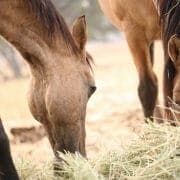How to Feed a Horse Confined to a Stable
Feeding a horse confined to a stable… it’s a balancing act… give them plenty of feed to keep them occupied but not so much you have them climbing them walls. Here is a little help on how to do it!
Horses are sometimes required to be confined due to illness or injury with no exercise allowed. It’s certainly not ideal for a horse, but, with some diseases, injuries and surgeries it is critical that a horse does stay confined AND calm for long periods of time.
As it does for so many things, nutrition – what you feed and how much, makes a very real difference to how well a horse will cope during confinement.
Horses will express the amount of calories they are being fed in their diet in their behaviour. So if you feed them a lot of energy (calories) they will give you a lot of energy! Which means feeding a confined horse needs to walk that fine line of enough calories to hold weight so that healing/recovery can occur but not so much that behavior becomes a problem… either from your own safety perspective or for their own safety (the last thing you need an injured horse doing is climbing the walls of a box!).
Where it gets really tricky is that mentally they need enough to eat to keep them occupied and of course we need to keep the stomach full to lower the ever present risk of ulcers!
So it’s a classic catch 22… How do we feed lots to keep them munching all day without exceeding their calorie requirement??
The answer is in low-quality, low-calorie hay, if you can find it. Average-quality grassy hay is perfect for these horses because it is low in calories, meaning they can eat a lot of it without blowing their calorie budget. Plus, it’s often stemmy and requires a lot of chewing, so it keeps them busy for long periods and makes them salivate a lot which is great for maintaining the health of their stomach. And they don’t particularly like it, so they won’t eat it really quickly… a benefit in keeping them busy and preventing ulcers!
Of course you can’t just feed average-quality grass hay, there would be deficiencies in the diet everywhere that would hinder recovery and general health.
My go-to with these horses is average-quality grassy hay, a portion of alfalfa/lucerne hay and a high-quality balancer pellet for vitamins and minerals. This gives you the quantity/bulk you need to keep the horse sane, it’s gut-healthy, the high-quality protein needed for healing, and it will cover all the vitamin and mineral needs.
FeedXL is a really handy tool when feeding these horses, allowing you to keep a close eye on calories but also making sure you don’t leave deficiencies in the diet that will hinder the healing process… which will help get your horse out of confinement as quickly as possible!!
Do you have a question or comment? Do you need help with feeding?
We would love to welcome you to our FeedXL Horse Nutrition Facebook Group. Ask questions and have them answered by PhD and Masters qualified equine nutritionists and spend time with like-minded horse owners. It’s free!
Click here to join the FeedXL Horse Nutrition Facebook Group

